On a chilly Friday evening in the small Midwestern town of Mapleton, where high school football usually commands center stage, the roar inside the school gym wasn’t for a touchdown or a buzzer-beating shot. It was for a group of teenagers huddled around a robot, a compact machine of aluminum and wiring that had just
On a chilly Friday evening in the small Midwestern town of Mapleton, where high school football usually commands center stage, the roar inside the school gym wasn’t for a touchdown or a buzzer-beating shot. It was for a group of teenagers huddled around a robot, a compact machine of aluminum and wiring that had just clinched victory at a major regional robotics competition. Parents cried, younger kids waved handmade posters, and even the town mayor beamed from the bleachers. This wasn’t just a win—it was a watershed moment for a community that never imagined its claim to fame would come not from the field, but from a basement workshop where a handful of students had dared to dream big. The journey to that stage began humbly. Just four years earlier, Mapleton High’s robotics team consisted of six students, most of them drawn by curiosity rather than expertise. They had no funding, no state-of-the-art equipment, and little knowledge of what it actually took to build a competition-ready robot. Their first workspace was a cluttered corner in the school’s basement, where they scavenged parts from broken printers and used duct tape to hold prototypes together. The coach, a physics teacher named Mr. Lane, remembers staying late with the team, eating vending machine snacks while they pored over YouTube tutorials and online forums just to figure out the basics of coding sensors and constructing chassis. Their first robot barely moved and failed spectacularly in competition, but instead of quitting, the students treated the loss as motivation. “We laughed about it on the bus ride home,” recalls team captain Sarah Kim. “We realized failing meant we were learning.”
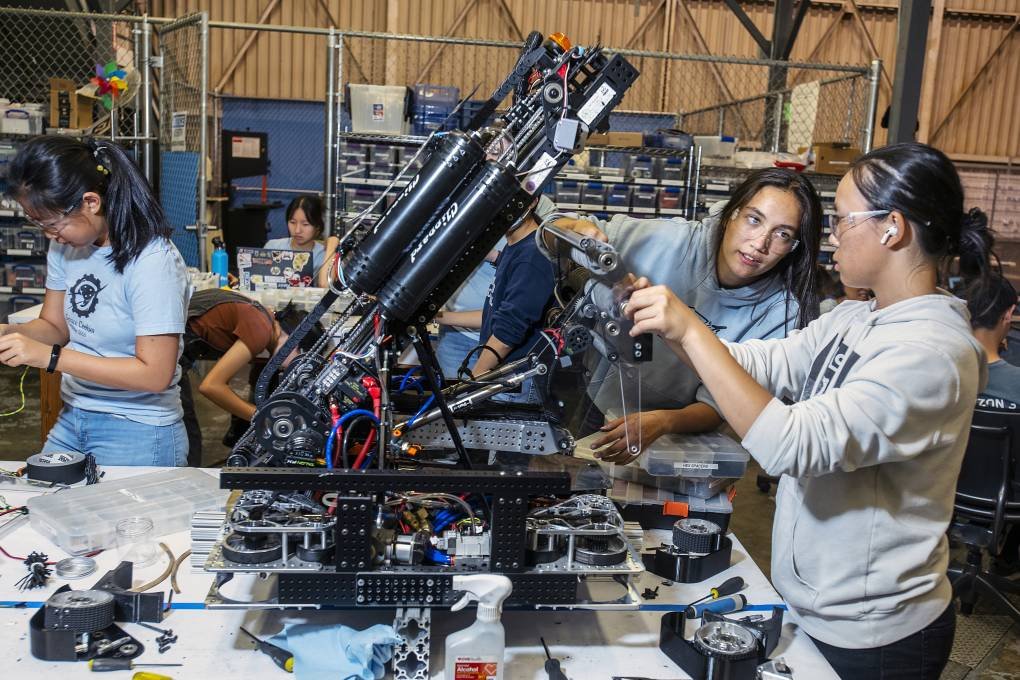
That spirit of resilience became their trademark. Year after year, the Mapleton team improved. They held fundraisers car washes, bake sales, even a robotics demonstration at the county fair to scrape together money for equipment. Local mechanics donated scrap metal, a retired engineer volunteered to mentor them on weekends, and parents pitched in wherever they could, cooking meals for late-night build sessions or driving kids to tournaments hours away. Slowly, the team evolved from wide-eyed amateurs into a disciplined unit with defined roles: programmers, builders, designers, strategists. They worked through setbacks that might have derailed more seasoned teams: malfunctioning circuits that smoked mid-test, gears that stripped during trial runs, laptops crashing right before presentations. But every problem solved became a badge of honor, proof that persistence was as important as talent. By the time this year’s regional tournament arrived, the Mapleton students had built something remarkable: a sleek, nimble robot capable of performing intricate maneuvers with astonishing precision. Unlike their early prototypes, this machine wasn’t cobbled together from leftovers it was carefully engineered, tested, and refined through countless hours of collaboration. When their robot executed its final task flawlessly in front of a packed audience, the judges’ applause confirmed what the students already knew: they had created something extraordinary. The victory reverberated far beyond the competition floor. Mapleton, a town of just under 10,000 residents, suddenly found itself in the spotlight. Local news stations ran features on the team, and nearby schools reached out to learn from their success. Parents spoke of how the robotics club had changed their children’s trajectories—students who once doubted themselves were now talking about careers in engineering, computer science, and design. “My son never thought he was college material,” said one mother, “but now he’s looking at programs in mechanical engineering. He believes in himself because of this team.” Younger kids in the town began clamoring to join robotics clubs in elementary and middle schools, inspired by the older students’ triumph.
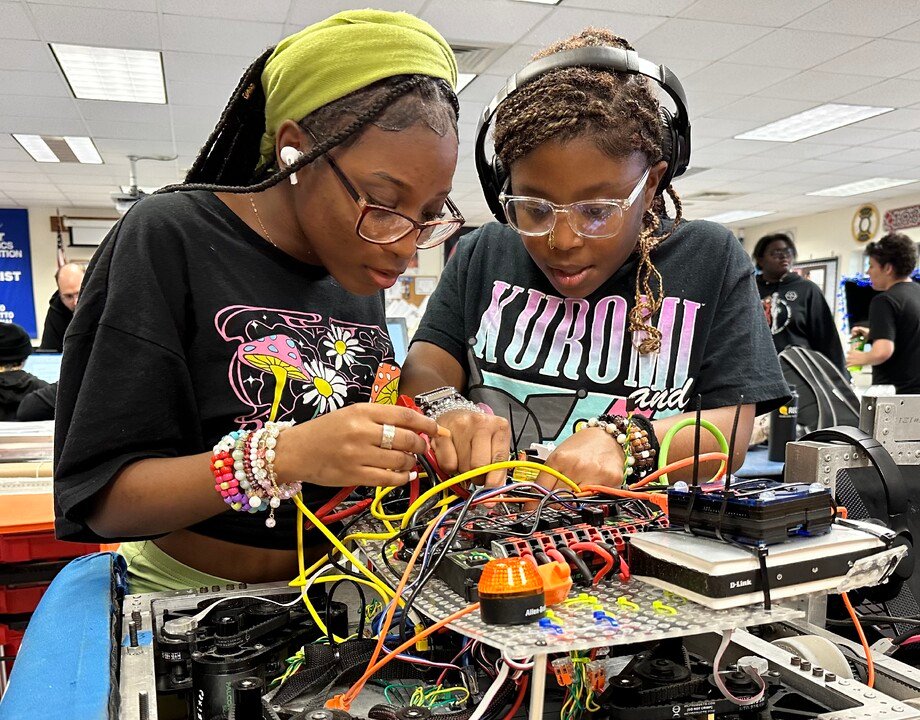
The ripple effects extended to the local economy, too. Businesses that had once overlooked Mapleton began offering sponsorships, while a regional manufacturing company pledged to fund new equipment for the high school. The school board approved a plan to expand STEM programming, adding coding classes and a dedicated makerspace where students could explore 3D printing and design. Even more striking was the cultural shift: in a town where Friday night lights had always defined community pride, people now cheered just as loudly for a group of teens with laptops and toolkits. The students themselves are quick to note that the win isn’t the end of their journey it’s the beginning. “We want to mentor the younger kids and grow this into something that lasts,” Sarah Kim explained. Already, team members are volunteering at elementary schools, hosting workshops to introduce younger students to robotics and problem-solving. The idea isn’t just to build more robots it’s to build a legacy. Mapleton’s robotics triumph has become a story about more than gears and code. It’s a story about resilience, community support, and the belief that innovation can bloom in unexpected places. In the glow of their victory, the students of Mapleton High proved something profound: brilliance isn’t confined to big cities or well-funded academies. It can rise out of basements, grow from determination, and unite entire communities in pride. As one grandfather watching the team put it, “This is bigger than a trophy. This is the future, and it’s happening right here at home.”
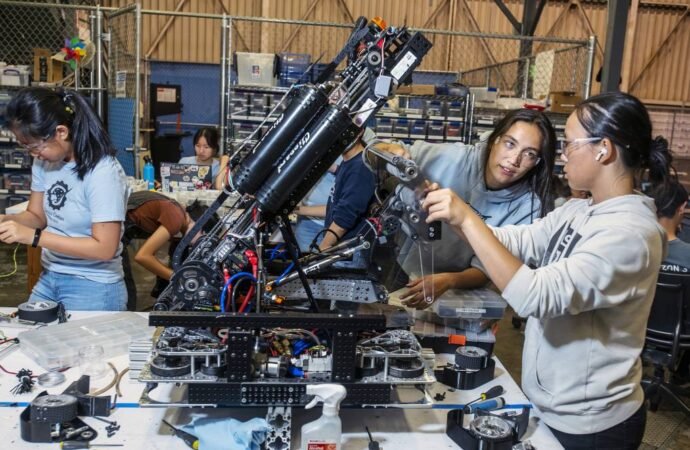


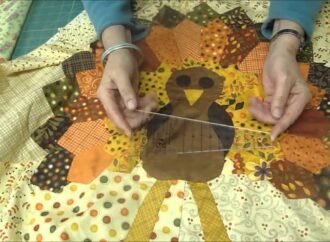



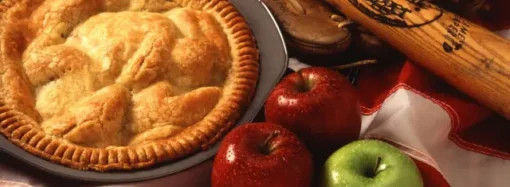


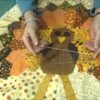






Leave a Comment
Your email address will not be published. Required fields are marked with *